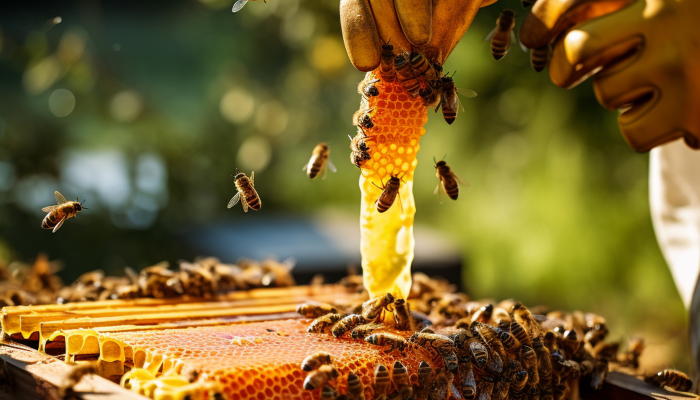

In order to strengthen its expertise in the field of allergen analysis, Phytocontrol has finalised an innovative R&D development on the quantification of sulphites.
This solution, which differentiates from existing recognized methods such as colorimetry and the Monier Williams method, is based on the following principle: sulphites are extracted from the samples with a solution of formaldehyde in water. The extracts are then purified before being analysed by LC-MS/MS.
Sulphites are frequently used as additives on a wide range of foods and beverages to inhibit bacterial growth, control enzymatic reactions and prevent oxidation.
Ingestion of foods with high sulphite levels can cause asthmatic reactions and food intolerances. The WHO Acceptable Daily Intake is 0.7 mg/kg body weight.
The optimized Monier-Williams method, which is the commonly used reference method, allows the determination of total sulphites in food. This method is based on the acid distillation of SO2 followed by titration of the sulfuric acid generated with soda. However, this method is known for its effects of overdosing and sometimes false positives due to the co-distillation of interfering volatile compounds at the time of the final titration.
The Phytocontrol solution
Studies* having proved that the Monier Williams method could generate interferences linked to the presence of acetic and propionic acid as in vinegar or other marinated and cured products, Phytocontrol has developed a more specific method based on a derivation of sulphites with formaldehyde and dosage by LC-MS/MS.
The laboratory is thus able to determine the presence of SO2 above 10 mg/kg without any risk of matrix-related interference. This innovative and accredited analysis allows to search and quantify sulphites on various products of plant origin.
For all technical, pricing and/or regulatory information, please do not hesitate to contact us.
*Comparison of four different methods for the determination of sulfites in foods marketed in South Korea - Ho-Soo Lima, Sung-Kwan Parka, So-Hee Kima, Sung-Bong Songa, Su-Jin Janga & Meehye Kima a Food Additives and Packages Division, Ministry of Food and Drug Safety, Osong-eup,Chungcheongbuk-do, Korea Published online: 16 Jan 2014.
Est-ce que l'article vous a été utile?
Note moyenne 0 / 5. Nombre de votes : 0
Aucun vote pour l'instant ! Soyez le premier à évaluer cet article.




